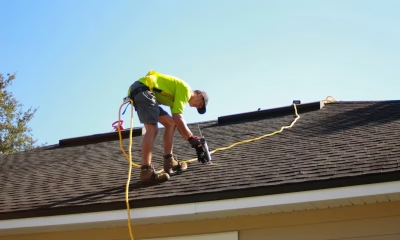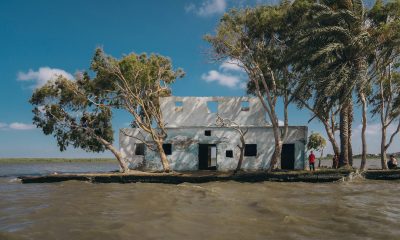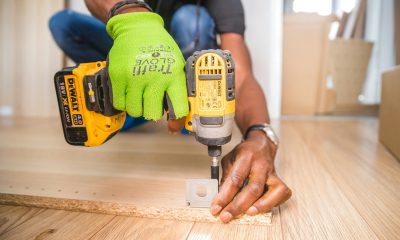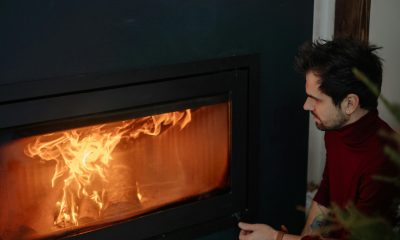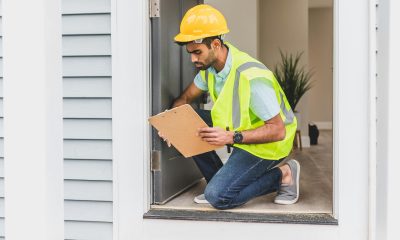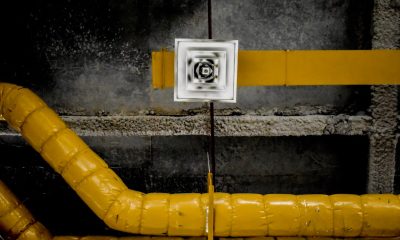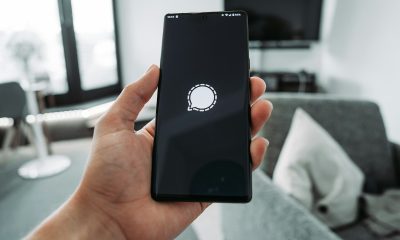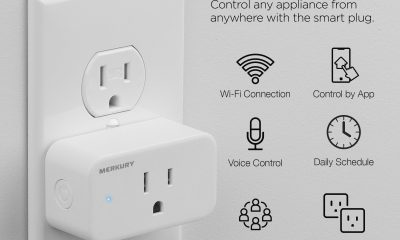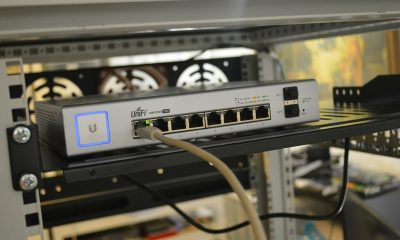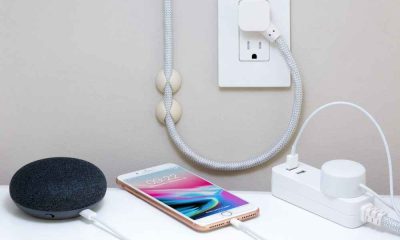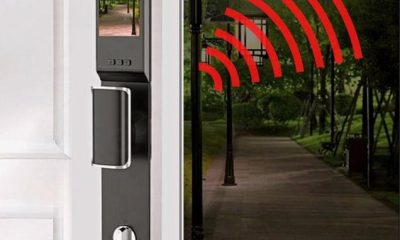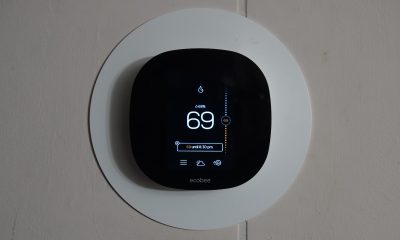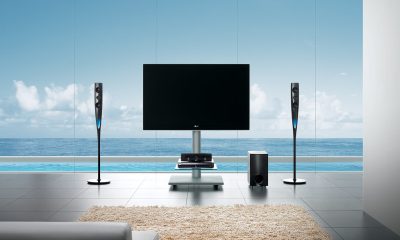Guides
110 outlet wiring from 220v
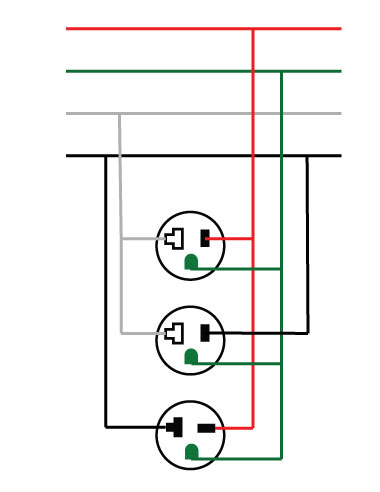
You would probably want to learn how to wire a 110 outlet from a 220v circuit If you are relocating, building any space, or simply having appliances like washing stations and home-care gadgets even laptops and chargers. Here is a simple way how to do it but before there are some precautionary measures you to know related to this method.
Precautionary measures:
1. Turn the switch and power off from the main electrical frame with the supply to the breakers before replacing the breaker.
See if there is power in the circuit with a safe voltage tester.
2. Wear safety gear like insulated gloves, and glasses, and do not the active plugs if wet or standing on a wet surface.
3. Mount the voltage step-down transformer into a well-ventilated area
4. Switch the power on only if you have completed the arrangement and insulation of the wires and board properly.
5. Double-check and ensure that the transformer is of the correct size for the load e.g if the load is about 380v it will be converted to 220v when a step-down transformer is used and if the load is 220v, it will be converted into 110v after using a step-down transformer.
6. Connect the correct wire gauge with the right terminal to ensure safe connection and the size of the gauge wire should be a 12 -14 gauge wire depending on the transformer requirements.
7. Do not use 220v outlets for 110v without proper instructions as it is extremely dangerous and can be proven hazardous.
8. The current draw should not exceed the amp rate of the device you intend to plug in with the wiring of the outlet.
9. Follow the electrical codes and laws of electrical procedures while installing and converter with the electrical setup to avoid any difficult situations.
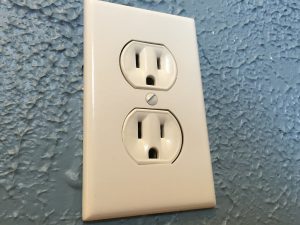
Now there are two methods to wire a 110 outlet from 220v. One is using a transformer and the other one is using a voltage converter or a single breaker. These days we use advanced breakers and converters to connect to the power source for converting voltage. These converters are designed in a way to be installed directly to the electric panel for converting voltage. The advantage is that they are safe and compact without any need for excessive wiring and complicated connected circuits which is manageable and can be monitored by anyone.
To begin we explain the method and equipment that are required to wire a 110v outlet from a 220v circuit with Transformer and later the method without the transformer.
Equipment Required
110v outlet
A 110v outlet is required to connect the wires giving the current supply and for the output of the step-down transformer.
Step-down transformer
A step-down transformer to convert the voltage from 220v to 110v is an essential equipment in the process.
Voltage Tester
A voltage tester is also necessary to check whether the power is switched off before the process of connecting the wires and removing the face plate of the panel.
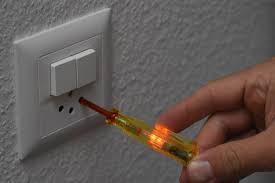
15 to 20 Amp Circuit Breaker
A 15 to 20-amp breaker is also required to protect the current from overflowing through the circuit.
Insulated Gloves
Insulated gloves are for precautionary purposes while handling active wires and terminals throughout the process to prevent direct electric shock.
14-gauge or 12- Gauge wire
Durable and good quality wires for the active, neutral, and earth wires for connecting to the step-S down transform for the process to wire a 110v outlet from a 220v circuit.
Glasses
Safety glasses to avoid contact with any sort of dust, debris, or electrical arcs with eyes
Multimeter
A multimeter is optional but advantageous to see whether the wiring or the connection works properly or not.
Screw Drivers
To open the panel and wire connections we need drivers and pliers along with wire strippers.
Nuts and Connecters
Nuts and bolts to secure the electrical boards and panels after connecting them to the outlets.
Method no 1
Connect the source of 220v to the primary coil of the step-down transformer and then connect the secondary coil of the transformer to the 110v outlet.
Make sure that the wiring is done properly by connecting the hot wire (black wire) to the brass terminal and the neutral wire (white wire) to the silver terminal with the copper wire or the ground wire to the grounding terminal. Insulate the wire and the source properly, cover the installations with the faceplate or the board mounted on the wall, and then switch on the power of the source. See that the wiring and the switch work properly with the help of a no-contact multimeter.
Method no 2
Connect the 220v power source to the voltage converter and set the converter to a 110v output outlet. Make sure that the wiring is proper by connecting the black wire (hot wire) to the brass terminal the white wire (neutral wire) to the silver terminal and the copper ground wire to the grounding terminal.
What are the uses and benefits of wiring a 110v outlet from a 220v circuit?
- Easy and convenient to have 110v outlets in your space for charging power tools and appliances like laptops and batteries.
- A safe and compatible setup for devices like televisions, computers and Pc’s and lamps which require 110v
- Connecting a 110v outlet with a 220v circuit can help to prevent hazardous situations like fire ensuring proper functioning.
- It also provides flexibility in the electrical setup providing accommodation for different setups and gadgets.
- Also used in spaces like offices, and workshops where you require power tools and machinery.
- You also should know electrical standards and set up if you live and work in a certain space for safety reasons.
- They save you a lot of money by preventing to buy different and costly converters for different voltages.
- There are also plug-and-play converters available in the market making it super easy to install without any wiring.
- It saves your appliances from power spikes and voltage fluctuations.
- Many of them are super-compatible step-down converters that reduce heat generation and are energy efficient.
What can be the consequences of improper wiring and installations of a 110v outlet from a 220v circuit?
Though it is easy and accessible to convert the voltage and wire a 110v outlet from a 220v circuit still it is recommended to hire a certified electrician for your safety.
In case of carelessness, you can face the following circumstances
Electric Shock
Direct contact with active switches and live wires and cause an electric shock to the handler leading to serious injuries and can even prove fatal.
Severe burns and bruises
You can get severe burns and bruises with electric shocks especially if you are wet or standing on a wet surface.
Fire
It can also break into a fire due to overheating of faulty connections and mishandled wiring in the outlets.

Damage to Electrical Appliances
If you are using an appliance or a device that requires a different voltage other than at the 110v outlet it may cause damage to the batteries and electrical setup of the appliance.
Electrical Arcs
Faulty connections can cause electrical arcs leading to hazardous situations.
Costly damage to panels
False wiring and overloading can lead to damage to electrical panels leading to damage and costly repairs.
Electromagnetic Interference and transformer failure
An improper wiring can lead to transformer failure damaging other connected electrical appliances in nearby spaces.
-
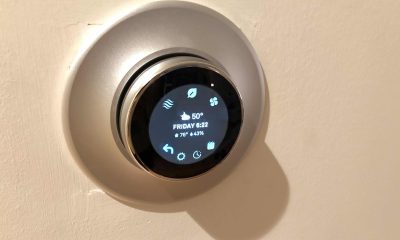
 Gadgets3 years ago
Gadgets3 years agoDoes Nest Thermostats Contain Cameras Or Microphones? Is It Safe For you?
-

 Guides1 year ago
Guides1 year ago10 Best Apps To Control All Your Smart Home Devices.
-
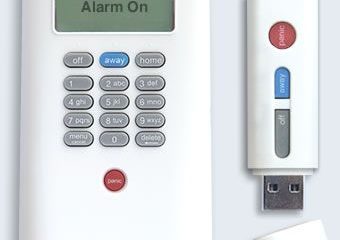
 Gadgets3 years ago
Gadgets3 years agoWhat Is The Purpose Of Red Button On The SimpliSafe Keypad?
-
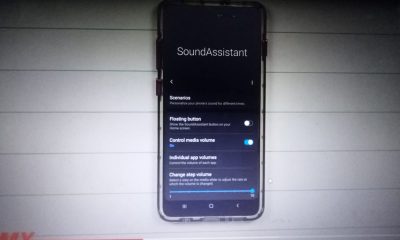
 Gadgets3 years ago
Gadgets3 years agoComplete Guide About Equalizer settings for Samsung-Soundbar
-

 Accessories2 years ago
Accessories2 years agoBlink Camera’s Temperature Sensor Settings, and More
-
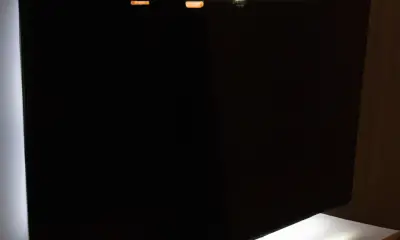
 Solutions3 years ago
Solutions3 years agoWhy is My Samsung TV Picture So Dark? Exploring the Possible Causes
-

 Gadgets3 years ago
Gadgets3 years agoFitbit Symbols Meaning: What Do The Fitbit Icons Mean?
-

 Accessories2 years ago
Accessories2 years agoCan Siri Control Samsung Televisions And Are Samsung TVs Homekit Compliant?






